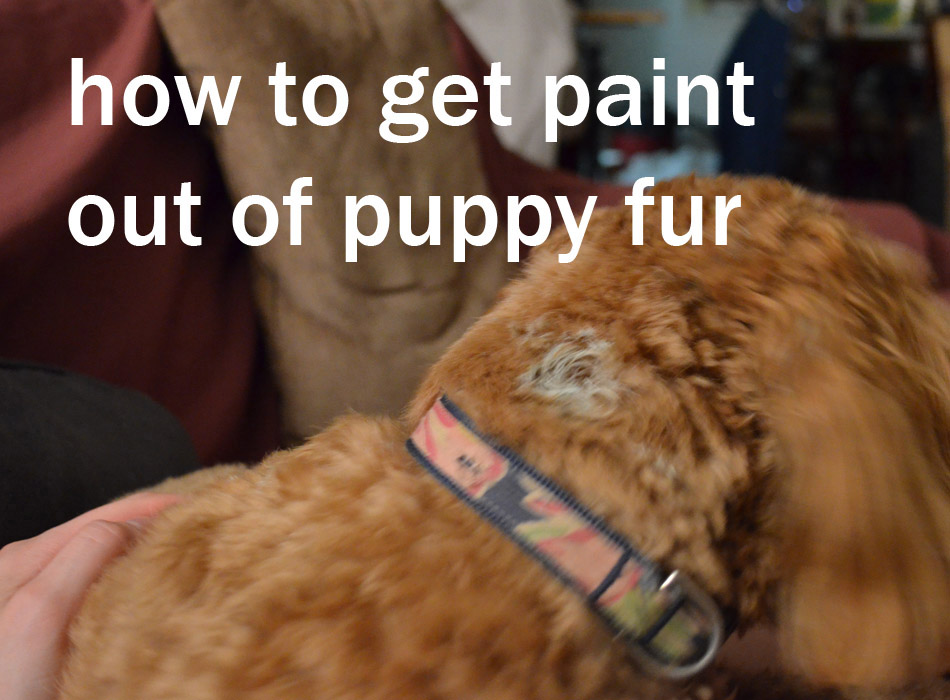Coat contamination with whatever chemical or substance should always be taken very seriously. Any product on the coat can easily work its way onto the skin and then absorb through the layers of the dermis and into the blood stream. If this happens, there is the potential for your dog to be poisoned. This is the first danger associated with it.
The other problem with coat contamination is that the substance is also likely to be licked off by the dog and then swallowed too. If it is toxic, it could well seriously harm your dog.
What should you do?
If possible, clean the substance from the coat as soon as you notice it to avoid any chance of poisoning. N.B. If the substance is a paint – never use solvent, paint stripper, concentrated detergent or fabric softener on a dog’s coat. These substances are all highly toxic if swallowed.
To remove paint or tar, soften it with petroleum jelly, or products safe for human skin.
To remove creosote/oil, try soaking for 20 minutes in baby oil and then combing out.
Cut off any heavily contaminated, matted fur, then wash the area with canine or baby shampoo, and rinse thoroughly. Check the skin beneath the the substance to ensure there is no evidence of redness, irritation or a burn to the skin. If there is evidence of burning, treat as per our burns blog here: Chemical burns
To remove a chemical type substance from the paws, please only ever use fresh running water to clean the area – NEVER STAND A PAW IN A BOWL – If you try to wash the substance from the paw while in a bowl, all you will do is dilute the chemical throughout the entire contents of the bowl and then be soaking your dog’s foot in a chemical solution.
If you have noticed your dog licking the area, remember to wash out the mouth thoroughly from the side and across the tongue. You may need to use a wet wash cloth to wash the tongue and rinse frequently throughout. If possible, do not allow the dog to swallow any of the water. Monitor him closely and seek veterinary advice immediately should you think there is any possibility that he has swallowed the substance.

